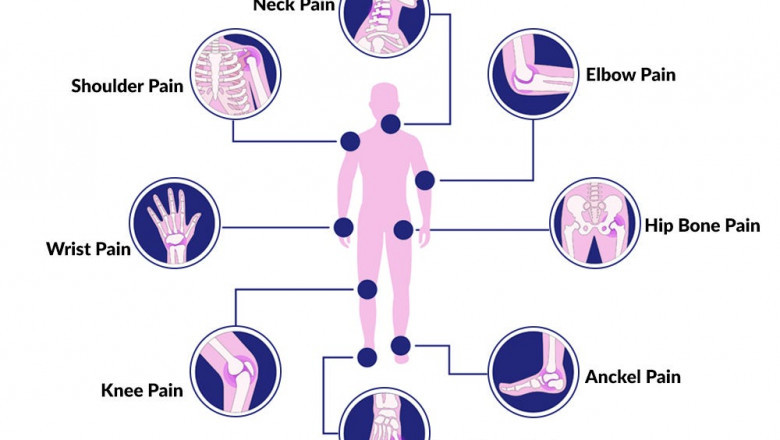views
Introduction
If you've recently been prescribed Gabapentin (brand name Neurontin) and are starting at 300mg a day, with plans to increase to 600mg, you likely have questions about what to expect. Gabapentin is primarily used to manage nerve pain, seizures, and certain neurological conditions. Adjusting your dosage can bring changes in effectiveness and potential side effects.
This guide will walk you through:
-
How Gabapentin works
-
What to expect when increasing from 300mg to 600mg
-
Common side effects and how to manage them
-
Tips for safe and effective use
-
When to contact your doctor
By the end, you'll feel more informed and confident about your treatment plan.
How Gabapentin (Neurontin) Works
Gabapentin is an anticonvulsant and nerve pain medication. While its exact mechanism isn't fully understood, it's believed to:
-
Calm overactive nerve signals in the brain
-
Reduce abnormal electrical activity that causes seizures
-
Block pain signals related to nerve damage
Unlike other pain medications, Gabapentin does not work on opioid receptors, making it non-addictive for most people when taken as prescribed.
Starting at 300mg: What to Expect
When you first begin Gabapentin 300mg per day, your body needs time to adjust. Common early effects include:
-
Mild dizziness or drowsiness (often improves within a few days)
-
Mild fatigue or brain fog
-
Possible stomach discomfort (taking it with food can help)
Most people tolerate 300mg well, but if side effects are too strong, your doctor may start you at a lower dose before increasing.
Increasing to 600mg: Why and How
After a few days or weeks at 300mg, your doctor may recommend increasing to Gabapentin 600mg daily (either as two 300mg doses or a single 600mg dose, depending on your condition).
Reasons for the Increase
-
Better pain control – If nerve pain isn't fully managed at 300mg
-
Improved seizure prevention – Higher doses may be needed for optimal effect
-
Doctor's recommended titration plan – Gradual increases help minimize side effects
How to Safely Increase Your Dose
-
Follow your doctor's instructions—never adjust dosage on your own.
-
If taking 300mg once daily, you may move to 300mg twice daily.
-
Space doses evenly (e.g., morning and night) to maintain steady levels in your body.
Potential Side Effects When Increasing to 600mg
While many people adjust smoothly, some experience stronger side effects when moving to 600mg. Common ones include:
1. Dizziness or Lightheadedness
-
More noticeable when standing up quickly
-
Tip: Rise slowly, stay hydrated, and avoid driving if severe.
2. Increased Drowsiness
-
May feel more tired, especially in the first week
-
Tip: Take the second dose closer to bedtime if daytime fatigue is an issue.
3. Mild Swelling (Edema)
-
Some people notice slight swelling in their hands or feet
-
Tip: Elevate legs, reduce salt intake, and inform your doctor if persistent.
4. Digestive Issues
-
Nausea or mild stomach upset
-
Tip: Take with food or split doses if needed.
5. Mood or Cognitive Changes
-
Rarely, some feel more anxious or foggy
-
Tip: Track mood changes and discuss them with your doctor.
Most side effects fade within 1-2 weeks as your body adjusts.
How to Maximize Benefits While Minimizing Side Effects
1. Take It Consistently
-
Missing doses can cause fluctuations, increasing side effects.
-
Set reminders if needed.
2. Avoid Alcohol
-
Alcohol can worsen dizziness and drowsiness.
3. Stay Hydrated
-
Helps reduce dizziness and fatigue.
4. Monitor for Unusual Reactions
-
If you experience severe rash, suicidal thoughts, or extreme fatigue, seek medical help immediately.
When to Call Your Doctor
While Gabapentin is generally safe, contact your healthcare provider if you experience:
-
Severe dizziness or confusion
-
Unusual mood changes (agitation, depression)
-
Signs of an allergic reaction (rash, swelling, trouble breathing)
-
Worsening pain or seizures
Final Thoughts
Moving from Gabapentin 300mg to 600mg can improve symptom control but may come with temporary side effects. Most people adjust within a few weeks, and the benefits often outweigh the initial discomfort.














Comments
0 comment